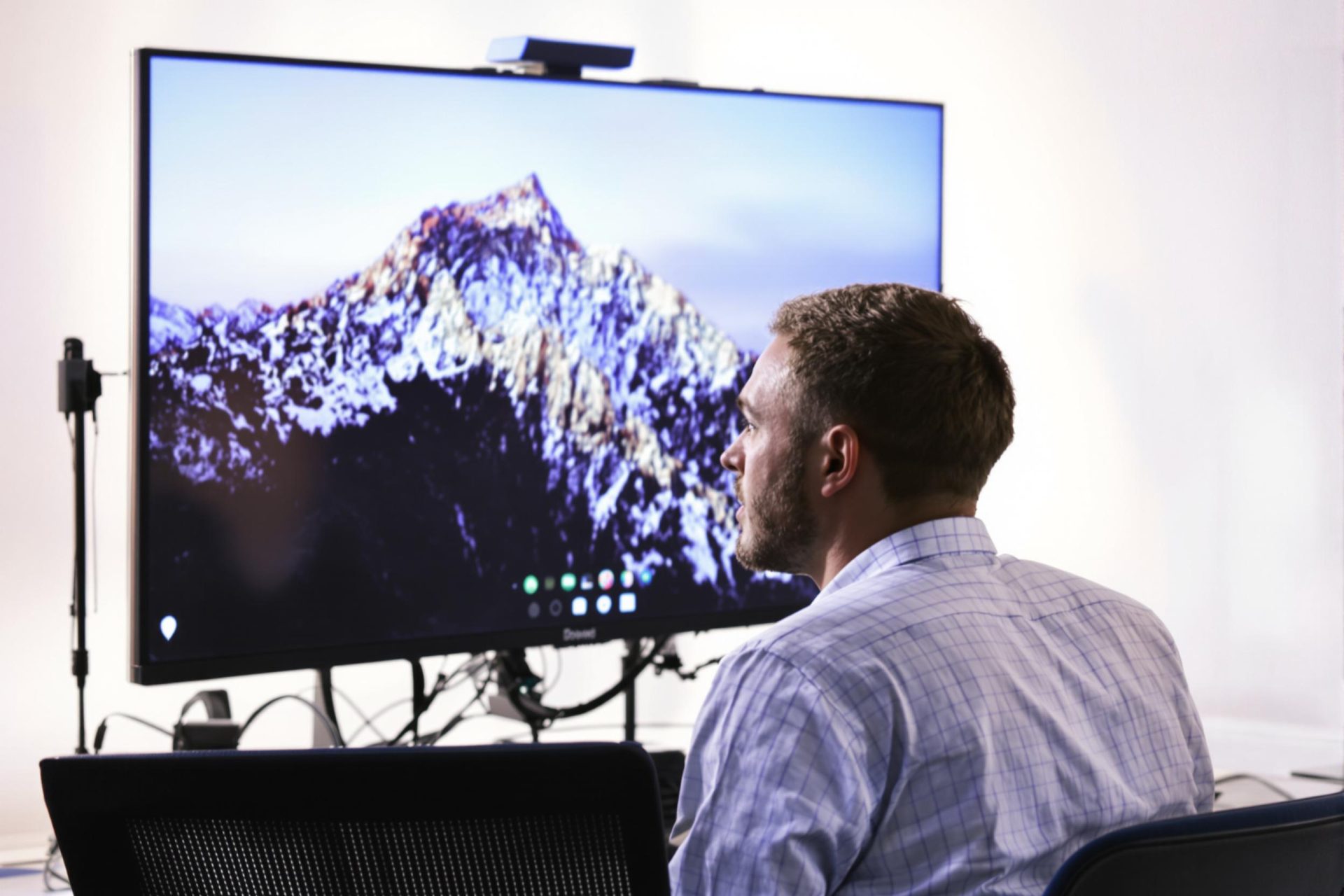Key Takeaways
- Lightroom’s new AI tools can automatically detect and mask specific areas in landscape photos like skies, buildings, water, and vegetation.
- This feature aims to save photographers significant time by reducing manual selection work.
- If AI masks appear unavailable, updating the image’s “process version” usually solves the issue.
- While powerful, the AI isn’t always perfect, but masks can be easily refined using simple tools.
- Combining AI selections with quick manual adjustments leads to a more efficient editing workflow.
Lightroom has introduced smart new AI masking tools designed to make editing landscape photos much easier. These features let you target specific parts of your image, such as the sky, mountains, water, or buildings, without the tedious process of manually creating masks.
If you’re working with photos that combine natural scenery with man-made structures, these tools allow you to precisely adjust only the areas you want. Imagine brightening a sky, sharpening a building, or enhancing the color in a patch of grass, all without the usual fuss.
The core idea is straightforward: Lightroom’s masking tool can now recognize categories like sky, architecture, vegetation, water, and different types of ground. The software automatically identifies these elements in your photo, so you don’t have to meticulously select them pixel by pixel.
This insight comes from Phil Steele of Steele Training, who shared a practical video on the topic. According to Fstoppers, Steele explains that if you ever find these AI masks grayed out, the likely reason is an old process version on your imported images. A quick update, often indicated by a lightning bolt icon below the histogram, will bring these new AI tools back to life.
The video also demonstrates that the AI doesn’t always nail it on the first try. For instance, a sky mask might accidentally include part of a statue, or an architecture mask might miss sections of that same statue.
Fortunately, correcting these minor errors is simple. You can fine-tune the masks by painting with a brush or by using Lightroom’s “select subject” and “subtract subject” features. Instead of painstakingly creating every mask from scratch, you use quick commands to add or remove areas, letting Lightroom’s AI handle most of the heavy lifting.
The real power here lies in blending automated selection with manual touch-ups. This keeps your workflow smooth and significantly cuts down the time spent editing each photograph.
Steele also shows how to adjust these zones once the masks are refined. He uses the sky mask to add dehaze and lower exposure, then applies noise reduction selectively to the sky. The architecture mask receives a boost in clarity and shadow detail, helping to bring out more information in darker building areas. For greenery, adjustments focus on slightly increasing shadow and saturation to make colors pop naturally.
With these targeted adjustments, you can quickly enhance the drama and realism in your images, moving beyond broad, one-size-fits-all changes that affect the entire photo.
The video from Steele offers further details on the AI’s limitations and provides extra tips for tackling tricky masking challenges. You can also see before-and-after comparisons to appreciate how much these tools can accelerate your editing process.



